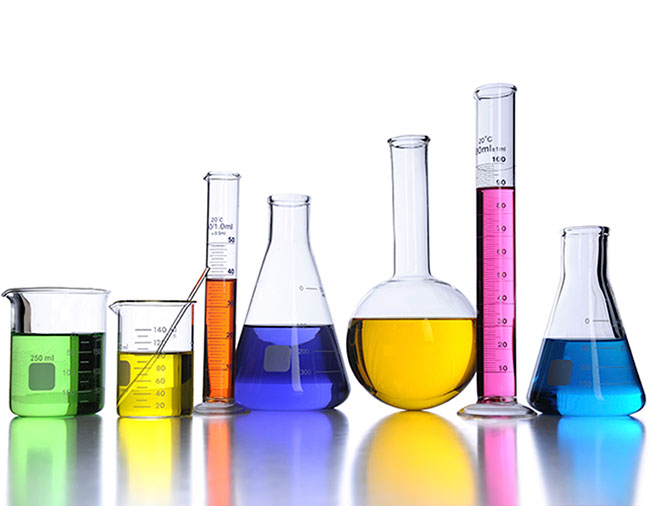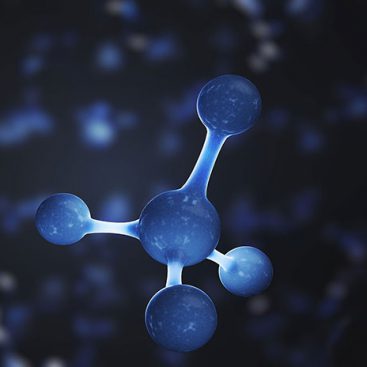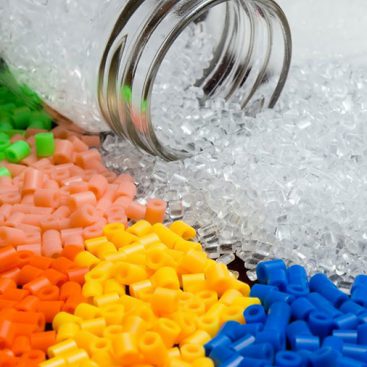Petrochemical Product
Chemical Substances
One of the most essential and fundamental infrastructures of every country's industry is the factories related to the production of chemicals. Chemical Substances are a general name for substances with fixed chemical composition and specific characteristics and can be simple, combined, or alloyed from different elements.
Today, most industries require the use of industrial chemicals in the production of their products. Among the industries that use chemicals are the production of detergents and cosmetics, the textile industry, pharmaceuticals, medicine, agriculture, and steel and iron smelting industries.

Classification of chemical Substances
Chemical Substances are generally divided into two categories: organic and mineral materials, which are very useful in product production.
Organic Chemical Substances
Organic Chemical Substances was obtained from the bodies of living organisms until a German scientist made a discovery. In 1828, German-born Wahler first produced a substance called urea in his laboratory from a compound called isocyanate. He proved to everyone that these organic substances could be made in laboratories. The main structure of organic matter is carbon (C). Of course, other elements may also be found in the structure of some of these materials, including hydrogen (H), oxygen (O), nitrogen (N), sulfur (S), phosphorus (P), copper (Cu), magnesium (Mg), and palladium (Pd).
Organic materials are divided into four general categories:
- The first category is simple hydrocarbons: carbon (C) and hydrogen (H). These compounds are known by the formula CxHy.
- Oxygenated hydrocarbons are another category of organic substances that are made of carbon (C), hydrogen (H), and oxygen (O). They are represented by the formula CxHyOz.
- Nitrogenous hydrocarbons are also among organic substances and are made of carbon (C), hydrogen (H), and nitrogen (N). The general formula of these compounds is CxHyNt.
- The last category is oxygenated and nitrogenated hydrocarbons. As it is clear from their name, in addition to hydrogen and carbon, they also contain oxygen and nitrogen. These compounds are represented by the formula CxHyOzNt.
Application of organic chemicals in industry
Organic Chemical Substances are used in many industries such as textile, petrochemical, plastic, paper making, medicine, etc. Paraffin, oil, hydrocarbon, olefin, acetylene, terpene, alcohol, aromatic compounds, carboxylic acids, organic acids, ester, ether, aldehyde, ketone, amine, and amide are considered organic substances.
Mineral Chemical Substances
Organic substances are carbon-containing compounds. As a result, inorganic or mineral chemicals include the rest of the elements of the periodic table. However, carbon is also present in the structure of some inorganic chemicals. For example, a diamond is made of pure carbon. Minerals are obtained naturally; reactions in or on the earth form them. Minerals must be solid. Having a crystalline structure is another characteristic of these materials. Crystal structure means the regular and repeating arrangement of atoms. Also, these materials should be natural and not artificial.
For example, a diamond is considered a mineral made inside the earth, and other diamonds that humans produce are not included in the category of minerals.
Differences between organic and inorganic chemical substances
As mentioned above, carbon shall be present in organic chemical substances. However, the presence of carbon in minerals is not required. The heat resistance of mineral materials is higher than organic materials, which is due to the structure of these materials. Minerals are crystalline, but organic materials have covalent bonds between them.
The next difference is related to the reaction of these substances. As organic substances have slow and reversible reactions, the reaction of mineral substances is fast.
There are isomers in organic compounds. Isomer means several substances with different structural formulas have the same chemical formula. But there are no isomers in minerals.
Important Industrial Chemicals
1. Aspartame
Aspartame is a Food and Drug Administration (FDA) -approved sweetener in dairy products, diet sodas, syrup powders, chewing gum, jellies and puddings, breakfast cereals, and dry desserts. In terms of chemical structure, aspartame has the molecular formula C14H18N2O5 and results from the combination of amino acids aspartic acid and phenylalanine, which occurs naturally.
2. Acesulfame
It is a white, odorless crystalline powder with the molecular formula C4H4KNO4S. Potassium acesulfame is derived from acetic acid, and in its production, the organic acid combination of acetoacetic acid and potassium is used. Acesulfame, like aspartame, has been approved by the (FDA) as a sweetener. Acesulfame is used in bakery, food, pharmaceutical, cosmetics, production of beverages, chewing gum, dried fruits, and fruit drinks.
3. Sucralose
Sucralose is a sweetener obtained from natural sugar, i.e., sucrose, by replacing its oxygen and hydrogen atoms with chlorine atoms in three steps. The molecular formula of sucralose is C12H19Cl3O8. Sucralose is 400 to 700 times sweeter than sugar. This sweetener has a high solubility in water and is used in sweetening materials that need to be cooked due to its high resistance to heat.
4. Phosphoric Acid
In terms of appearance, phosphoric acid is a colorless, odorless, transparent, and dense liquid. This acid is non-toxic, has little corrosiveness, and is the only inorganic mineral acid used in the food industry. Phosphoric acid can react with bases and produce salt by replacing its hydrogen atoms.
5. Activated Carbon
Activated carbon is also called activated charcoal. Activated carbon has countless applications in the world of chemistry and the removal of pollutants from air or water streams in fields, as well as in industrial processes, such as cleanup of material spills, groundwater treatment, drinking water filters, and air purification from organic and volatile compounds, dyeing, laundry, operations Gasoline distribution, etc.
6. Chlorine Powder
Chlorine powder is one of the most valuable chemicals in water disinfection. This substance is known by other names, such as perchlorine and calcium hypochlorite. It is generally used for water purification, disinfection of swimming pools, and bleaching of paper, fabric, and other textiles. Easy measurement and control, as well as reasonable price and more extended durability compared to other common disinfectants, are among the features that have made chlorine one of the most widely used disinfectants in the world to inactivate pathogenic microorganisms.
Chemical hazards
A. Corrosive
Corrosive substances cause burns on the skin, mucous membranes, and eyes. Chemical burns also occur when tissues come into contact with corrosive solids, corrosive liquids that are dispersed in the air as mist. These substances include mainly acids and alkalis. Acid mists or vapors can corrode structural materials and equipment.
Corrosives have other dangers as well. For example, perchloric acid, in addition to being highly corrosive, is also a strong oxidizing agent that can cause fire and explosion.
Examples of corrosive chemical products include:
- nitric acid
- sulfuric acid
- Calcium hydroxide
- Hydrofluoric acid
- Sodium hydroxide
B. Oxidizers
Oxidizers support combustion. Fire can burn fiercely in their presence. Oxidizers must be kept from flammable materials because they can cause fires if they come into contact with each other. Oxidizing substances that begin to decompose at a temperature slightly higher than average room temperature should be stored well below their decomposition temperature. Do not use sawdust or other combustible materials to clean up oxidizers.
Examples of oxidizers are:
- Nitric acid
- Perchloric acid
- Permanganates
- Nitrates
- Perchlorate
C. Flammable
Flammable chemical products are a fire hazard. The lower the chemical’s flash point (the lowest temperature at which a liquid fuel forms enough vapor to produce a combustible mixture with air), the greater the risk. Flammable materials should not be kept in open jars or containers because vapors are quickly released. Released vapors can form an explosive vapor mixture that will ignite if an ignition source is present.
Examples of flammable chemicals:
- Acetone
- Toluene
- Methyl alcohol
D. Water reagents
A violent reaction occurs when reactive chemicals come into contact with water or moisture. They should be kept from washing areas or where they can come into contact with water. Some chemicals react with water to produce heat and flammable gases.
Examples of chemical products that react with water:
- sodium
- lithium
- potassium
- Pyrophorix
We at Iran Petroleum are by your side with professional experts and consultants. Hence you can choose and buy the best chemical products you need.





Leave a Reply